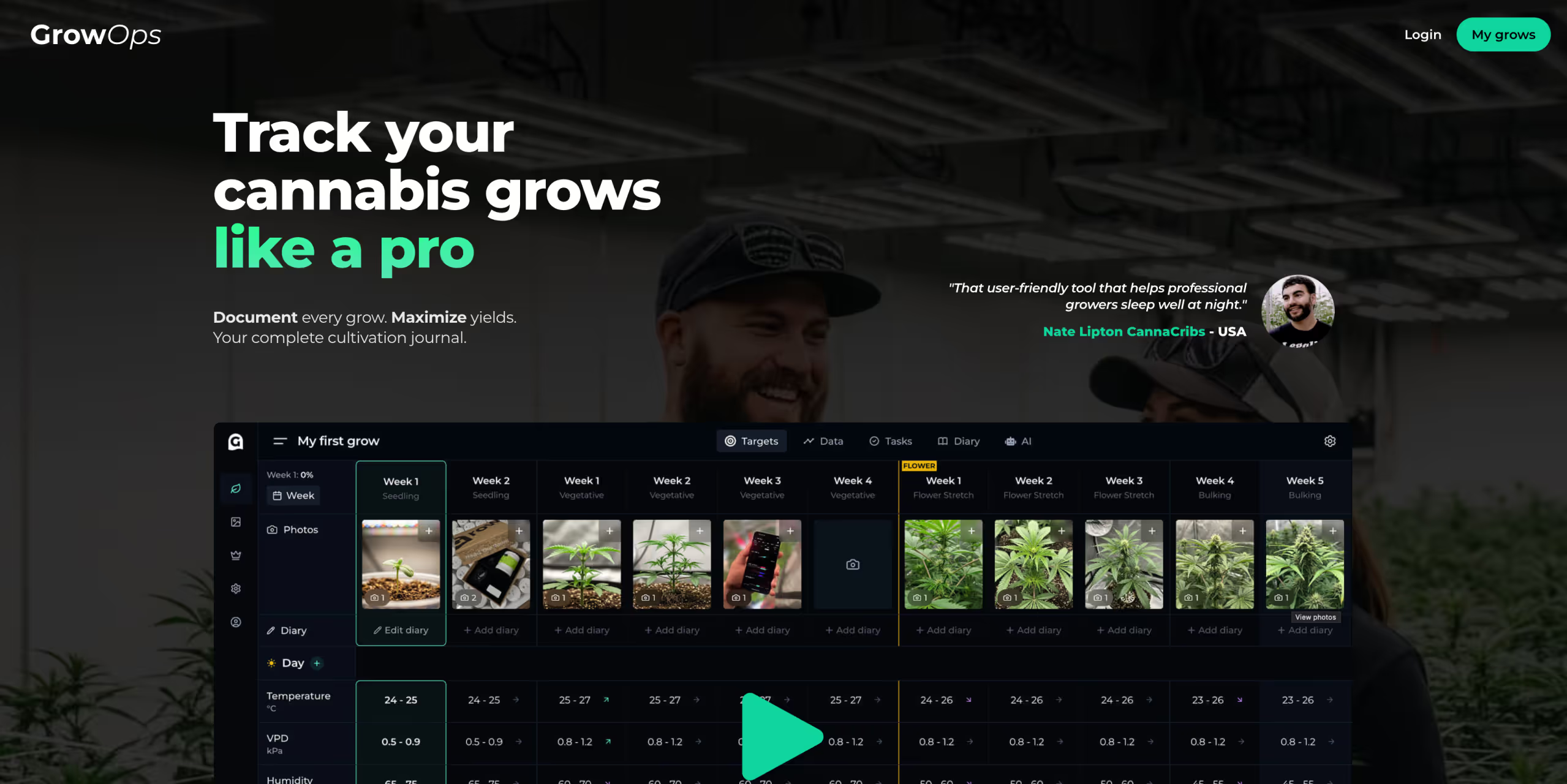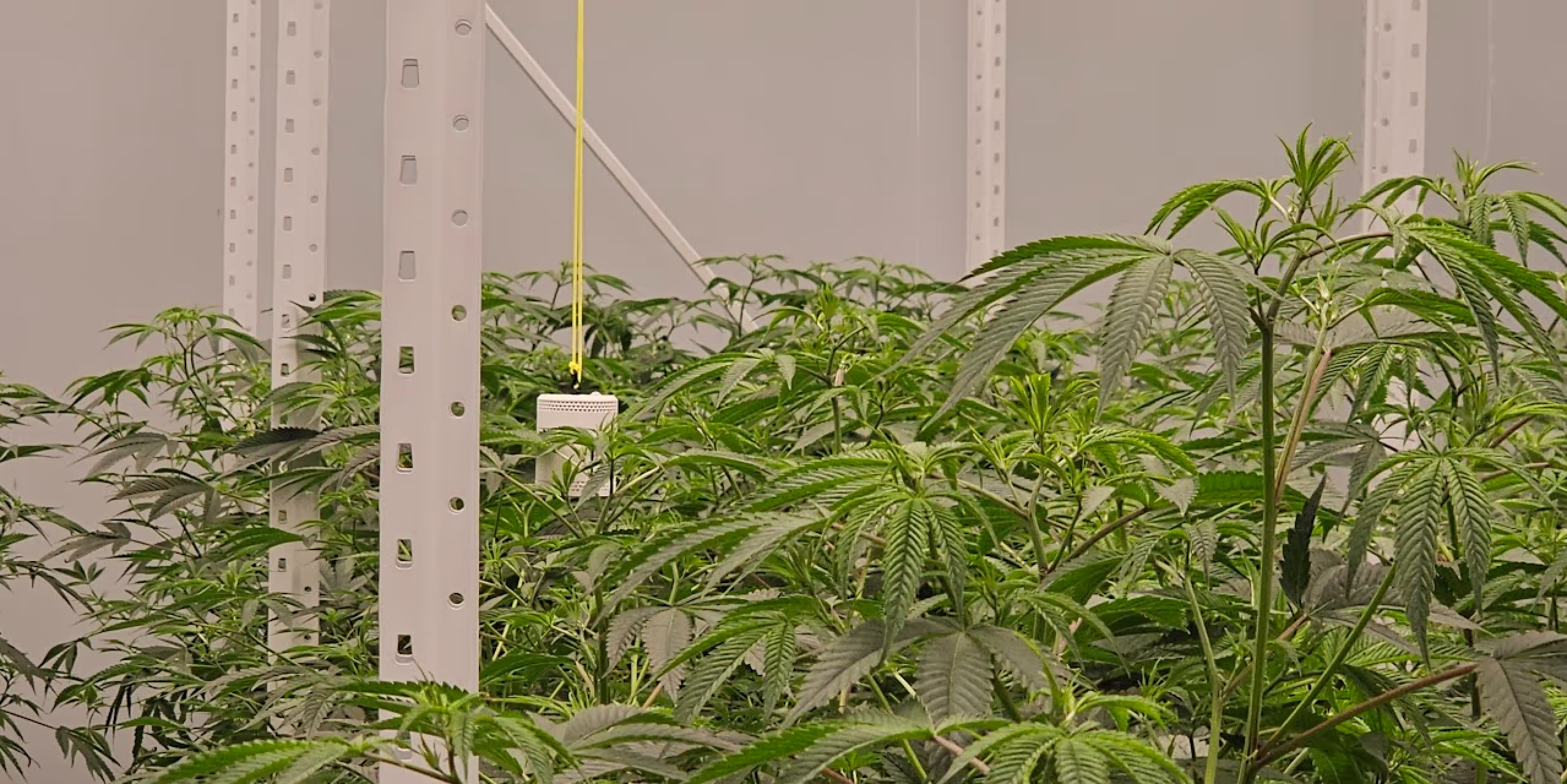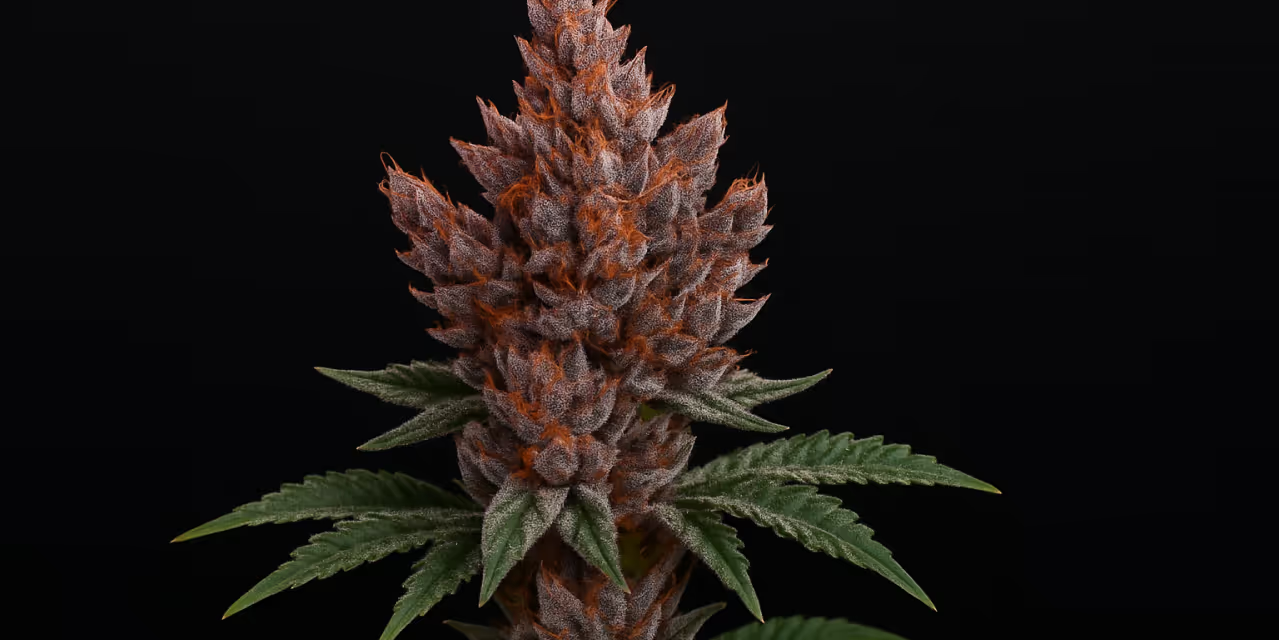Maximize your cannabis yield: The essential guide to CO2 supplementation for home growers


As a smaller or home grower, how important is supplemental CO2 in your grow room?
How much of a difference does it make to yield? Is there a simple way to increase the CO2 in your grow room?
Let's dig in!
At a base level, CO2 is essential for plant growth; it's one of the fundamental elements needed to grow any plant and grow the best cannabis.
Depending on your strain, it can increase yields by up to 50%.
There are many options on the market to increase the CO2 in your growing environment.
- Refillable CO2 canisters: Provide a controlled release of CO2 into the grow room.
- CO2 burners: Burn natural gas or propane to produce CO2.
- Bicarb and citric acid reaction tanks: Create CO2 through a chemical reaction.
- Dry ice: Sublimates into CO2 when placed in the grow room.
- Composting: Decomposing organic matter releases CO2 naturally.
- Fermentation: Fermenting sugar water with yeast produces CO2.
- Exhaled air: Spending more time in the grow room increases CO2 through breathing.
All of these guys work! But if you're not supplementing with CO2 yet, should you be?
The first point to mention is that you can get exceptional results without CO2 supplementation. So don't jump to this as your fix-all solution.
Secondly, if you're still honing your growing environment to be controllable, you should focus on getting your environment right before adding CO2.
In your journey as a grower, supplementation with CO2 should be towards the bottom of your optimisation list, for example:
- If you can't grow good cannabis without CO2, adding it isn't going to make that happen.
- If your lights aren't powerful enough, you won't see the yield improvement that adding CO2 can provide.
All of the above options come with pros and cons, but in general, using CO2 comes with some universal challenges:
- In most cases, you will need a closed environment so CO2 can't escape.
- You must be able to control temp, heat and cooling effectively in your sealed environment.
- You will need to watch your plants super closely. Plants will need more light, feeding, and heat and will need increased levels of dehumidification as transpiration will be faster. That can be tricky to balance if your environment isn't on the money. Do not underestimate this!
But can you add CO2 without worrying too much and still see results?
Yes and no!
Without a doubt, the easiest way to add CO2 to your space might be already happening, and you're just not aware.
If you run a small grow in your house and that happens to be in a room that people use regularly, there's a very strong chance your space already has way more CO2 than is supplemented in professional grow rooms.
Houses are high-CO2 environments, and gas hobs, people, and pets breathing all increase the CO2 in your environment, meaning stellar results are possible.
It's free, easy, and accessible. This is a hack more than anything else, and it only works for some growers. However, it could work for you if you want to try CO2 without the difficulties and expensive outlay.
There are caveats to this. As mentioned above, you need the gear to push the plants more. Without this, you won't see the explosive growth CO2 creates.
You also have to be able to measure your CO2. If you can't, you're flying blind, and you're never going to know how much CO2 is available within a 24-hour period. This is essential to know.
This is where the Grow Sensor comes in! Next week, we'll discuss how the Grow Sensor measures CO2.
Does the Grow Sensor measure CO2?
Yes, it does! The Grow Sensor measures CO2 24/7.
Like all the other environmental factors the Grow Sensor measures, you can set limits and alerts: High, Low, Dangerously High and Dangerously Low.
That, along with our powerful, super-easy-to-use graphs, means you'll have total clarity on how CO2 interacts with your environment.
Being able to measure CO2 was a game changer for me, even without CO2 supplementation.
It allowed me to monitor CO2 levels in general and then reduce extraction fan speed at certain times of the year while maintaining CO2 levels and keeping heat or dehumidification in the tent, meaning lower electricity usage.
It was a small change with a big impact.
CO2 sensors have made great strides in recent years, but most CO2 sensors use a lot of power, which means poor battery life.
The Grow Sensors CO2 sensor is state-of-the-art, uses a tenth of the power of other products, and is still accurate.
But no CO2 sensor is perfect; let's explore that a bit. ALL CO2 sensors need to be calibrated every 4 to 6 months to remain as accurate as possible.
With the Grow Sensor, that's easy,
- Press the button down on the sensor until the light turns purple.
- Place it on a window ledge or outside.
- When the light stops flashing, it's calibrated.
- Place the sensor back in your space and press the button to wake up the sensor.
And you're done.
Invest in a CO2 sensor of any type! As long as it's accurate, it uncovers another critical factor in learning how to Grow The Best.









.avif)








